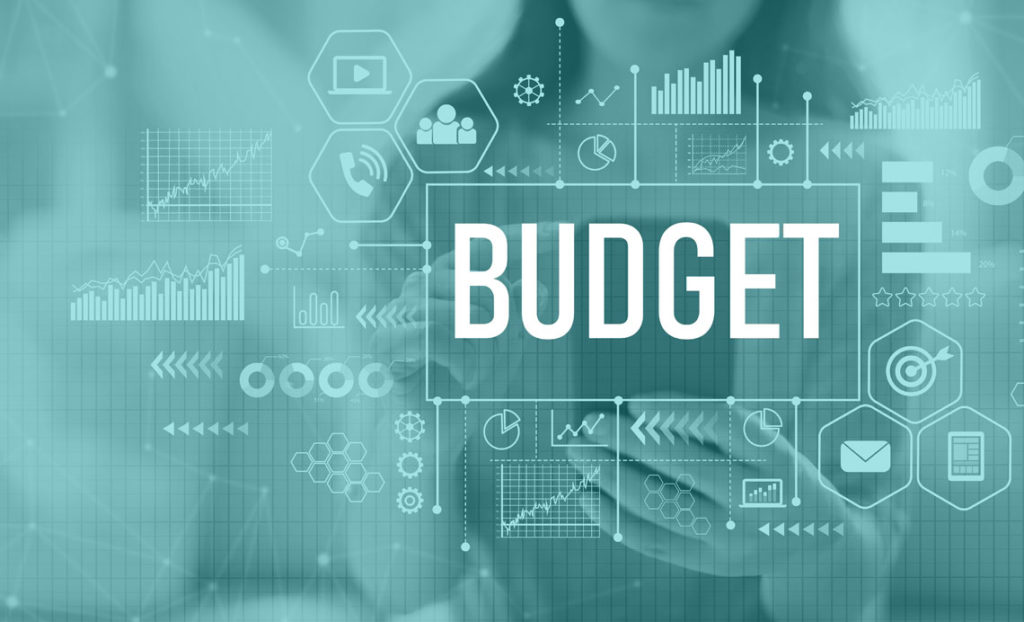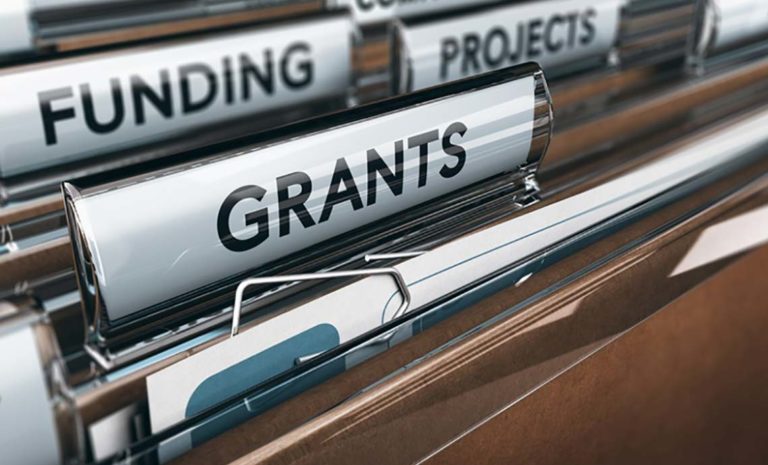Reading Time: 2 minutes
Whether you’re on a fiscal- or calendar-year budget cycle, MIP Accounting® developed a helpful calendar to ensure your nonprofit is staying on track with budget development.
Use these four tips to ensure your nonprofit is doing everything it can around budget development:
1. Review specific budget tasks monthly
You should start any new budgetary year with a monthly review. Begin your review with actual versus budgeted revenues and expenses for each program, and balance sheet checks. Your nonprofit should also actively maintain prepaid and accrual schedules.
Once the review period is complete, look at your year-end forecasting and project future cash flow to ensure your organization remains on track to hit its goal and stay on mission.
2. Review other budget tasks quarterly
You’ve been on top of monthly reviews, but there are some figures you need to check on at least a quarterly basis. Start every new quarter by reviewing your variance reports, paying particular attention to actuals versus budget. After that, check in on your grant budgets, making the required adjustments needed and ensuring you’re accounting for unused funds. Finally, take a look at your quarterly budget by reviewing significant variances and unbudgeted expenses or revenues.
3. Review, monitor, revise, repeat
Don’t tackle the review process alone. Your board and program managers should be included in regularly scheduled budget checkpoints during the year. During the meetings, you’ll review and determine which grant budgets may or may not follow your budget year (if applicable); evaluate current budget estimates for accuracy and possible seasonal fluctuations; and review any unbudgeted revenue and expenses. For example, your nonprofit may have received a grant you didn’t budget for, or perhaps there was an unexpected expense like adding a new program or service.
Your budget is a dynamic resource, it must grow and change as your nonprofit grows and changes. By using a dynamic SaaS accounting platform, like MIP Accounting®, you can save time with your budget and optimize your workflow by incorporating every element of the budgetary process into one platform. With a budget management tool, you can run reports and forecast for a wide vary of “what-if” scenarios. For example, if you want to see a version of a budget where you have new funding and grant money available, you can use these tools to forecast out what that budget would look like against the original version where that new funding isn’t available. Cut down on administrative work and let a fund accounting platform work for you.
4. Plan and create your budget
You’re at the halfway point of the year, which means it’s time to ramp up the planning for next year’s budget. You should begin planning by reviewing financial performance from the prior year and the current forecasted year-end. Afterward, assemble your nonprofit’s budget team and start next year’s budgetary planning.
At the meeting, you should:
- Discuss, clarify, and agree on organizational and financial goals.
- Determine a timeline for budget creation and approvals, including setting milestone dates with internal staff and the board.
- Distribute draft budget, collect recommendations, and then revise based on feedback and forecasts.
- Formulate a new budget after considering all recommendations, prepare a final proposal, and acquire board approval before the beginning of the next fiscal year. Internally communicate budget and goals for the new year.
Once the year turns over, you’ve officially done it and kept your new budget resolution! Congratulations, but your work isn’t over. Like any resolution, the new year gives you a chance to make a leaner, more streamlined budget, and this time, you have a year of experience to work from.
We’ve published various resources to help you ace strategic planning, budgeting, and reporting. For more advice and tips, download the Year-End Strategy Playbook for Nonprofit Fund Accounting and the Budget Gymnastics Calendar.




